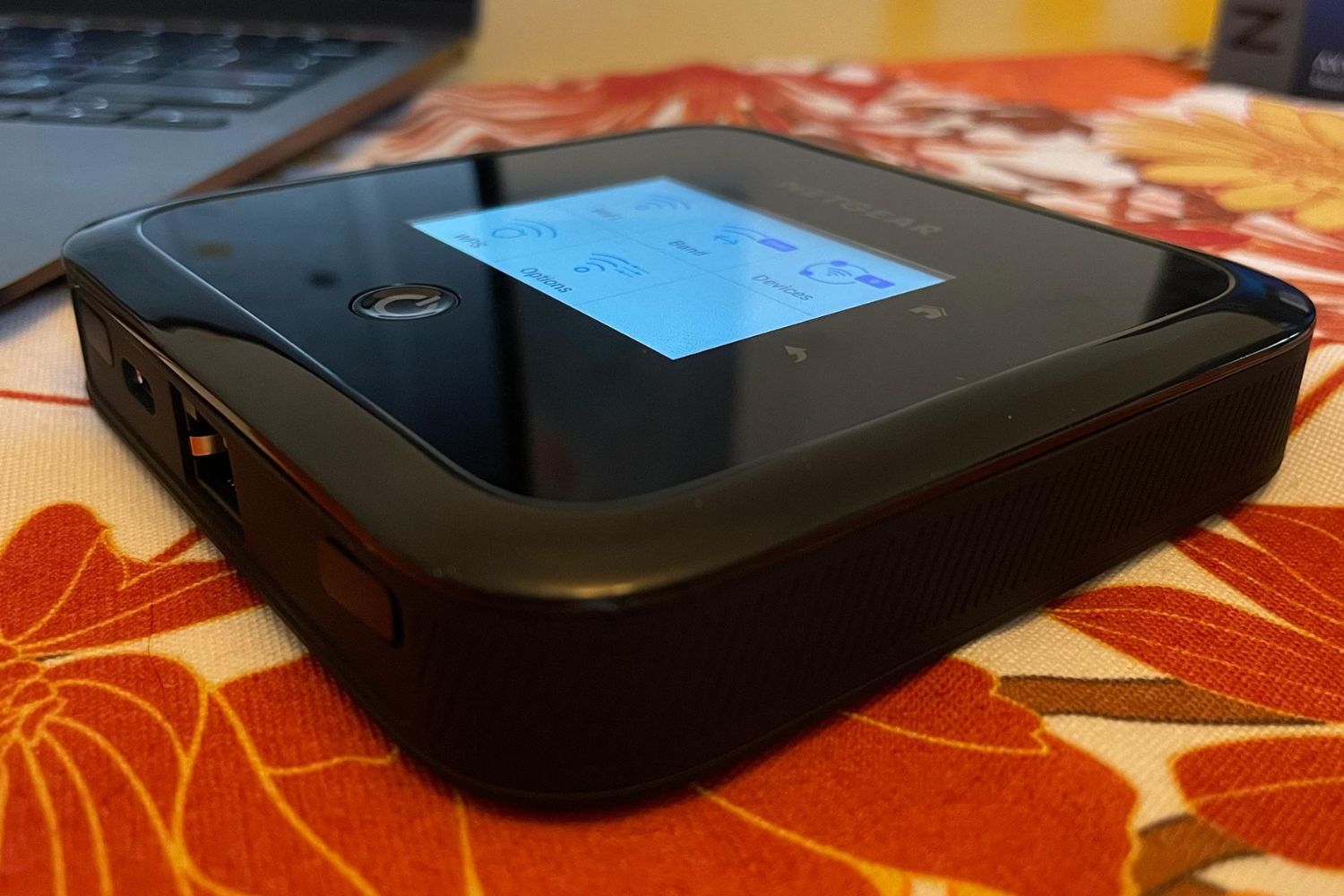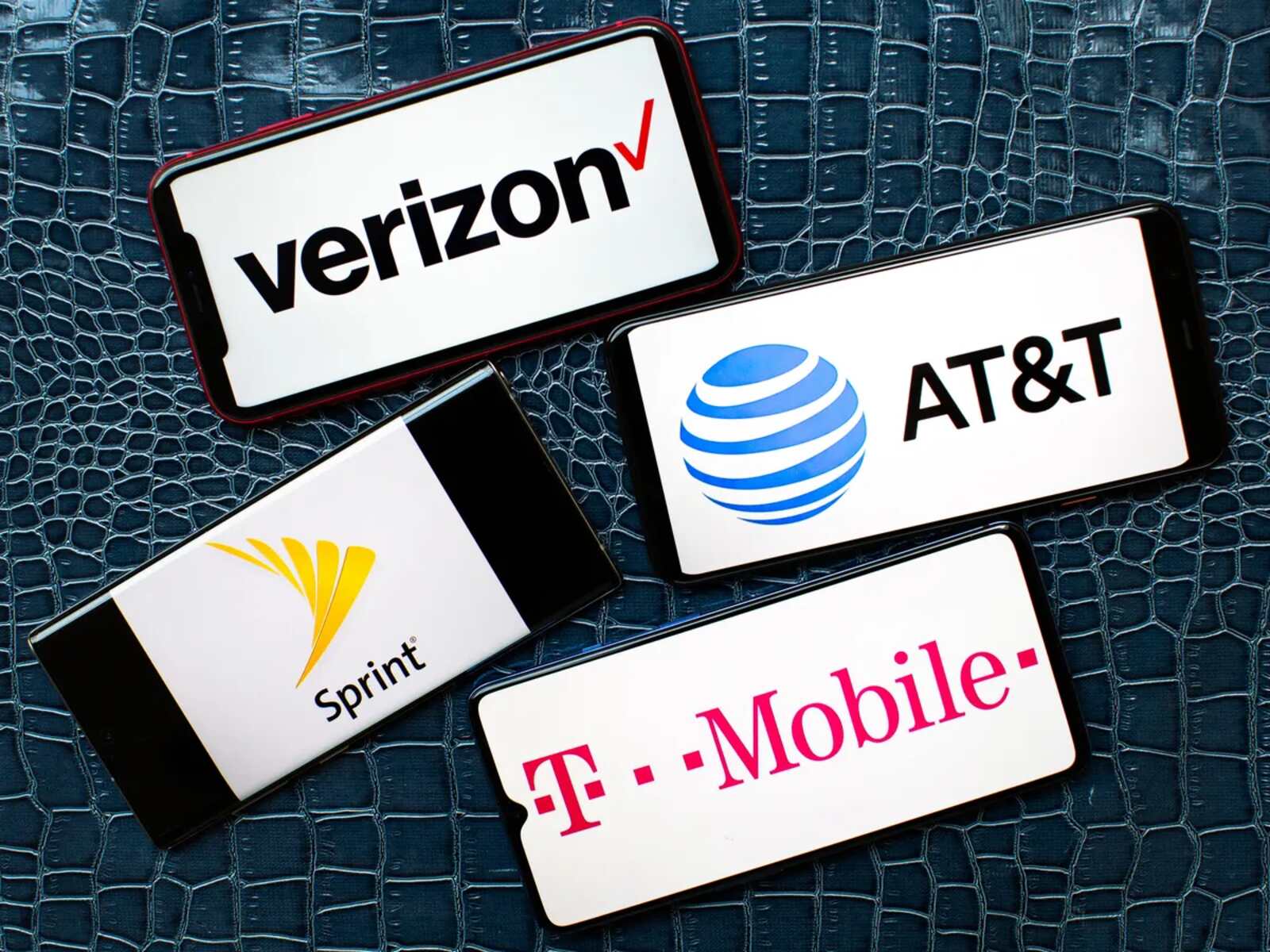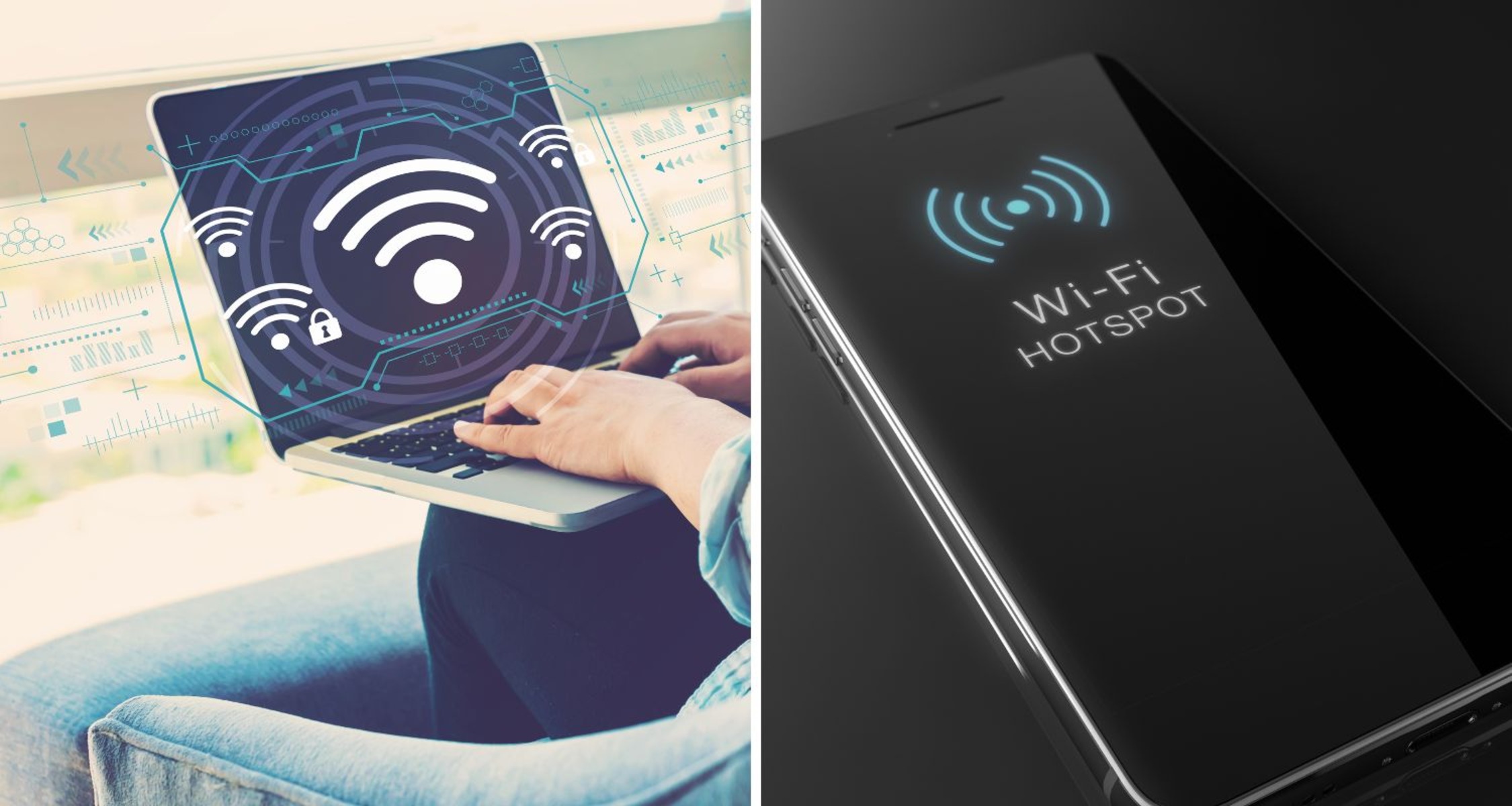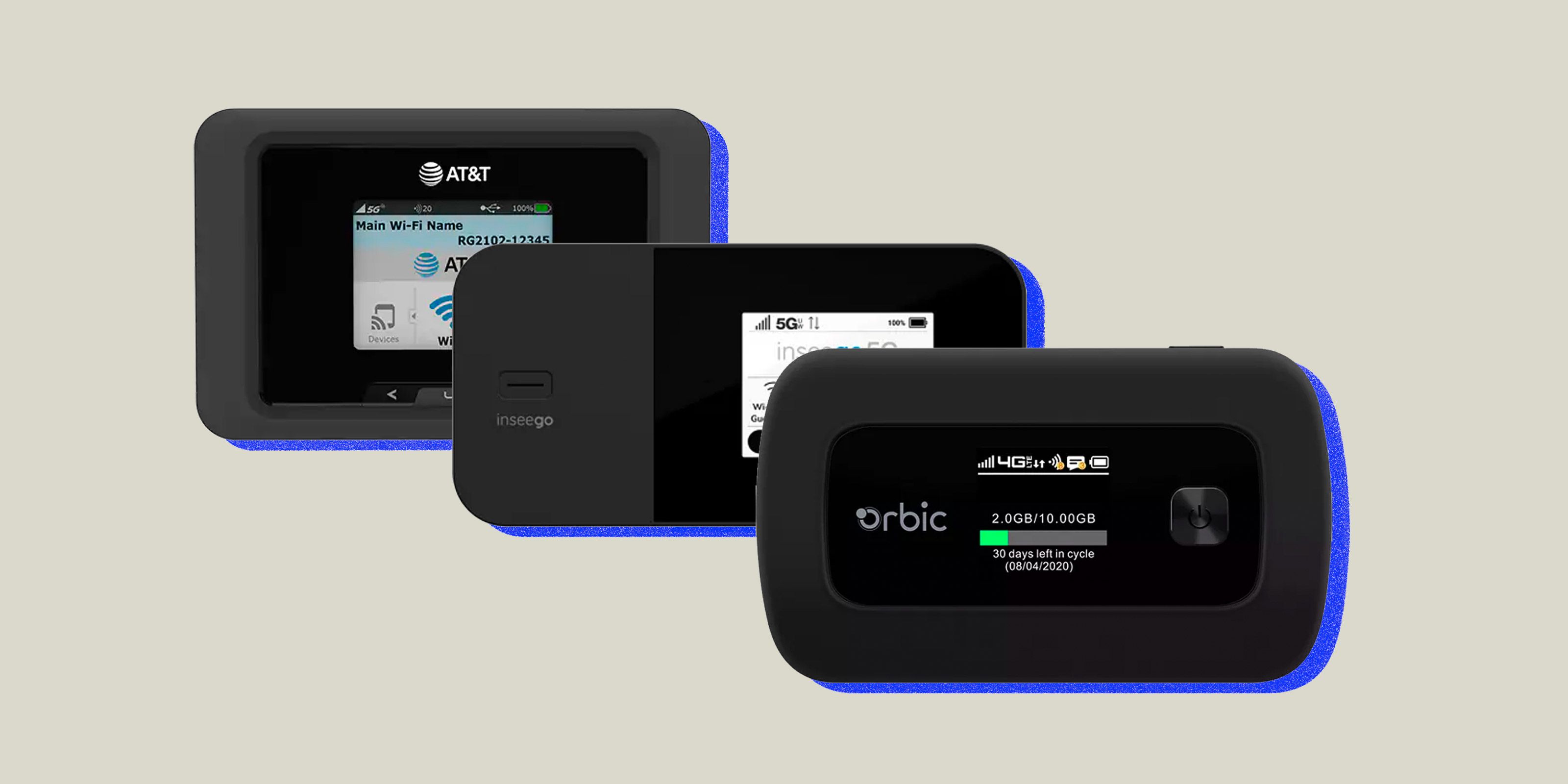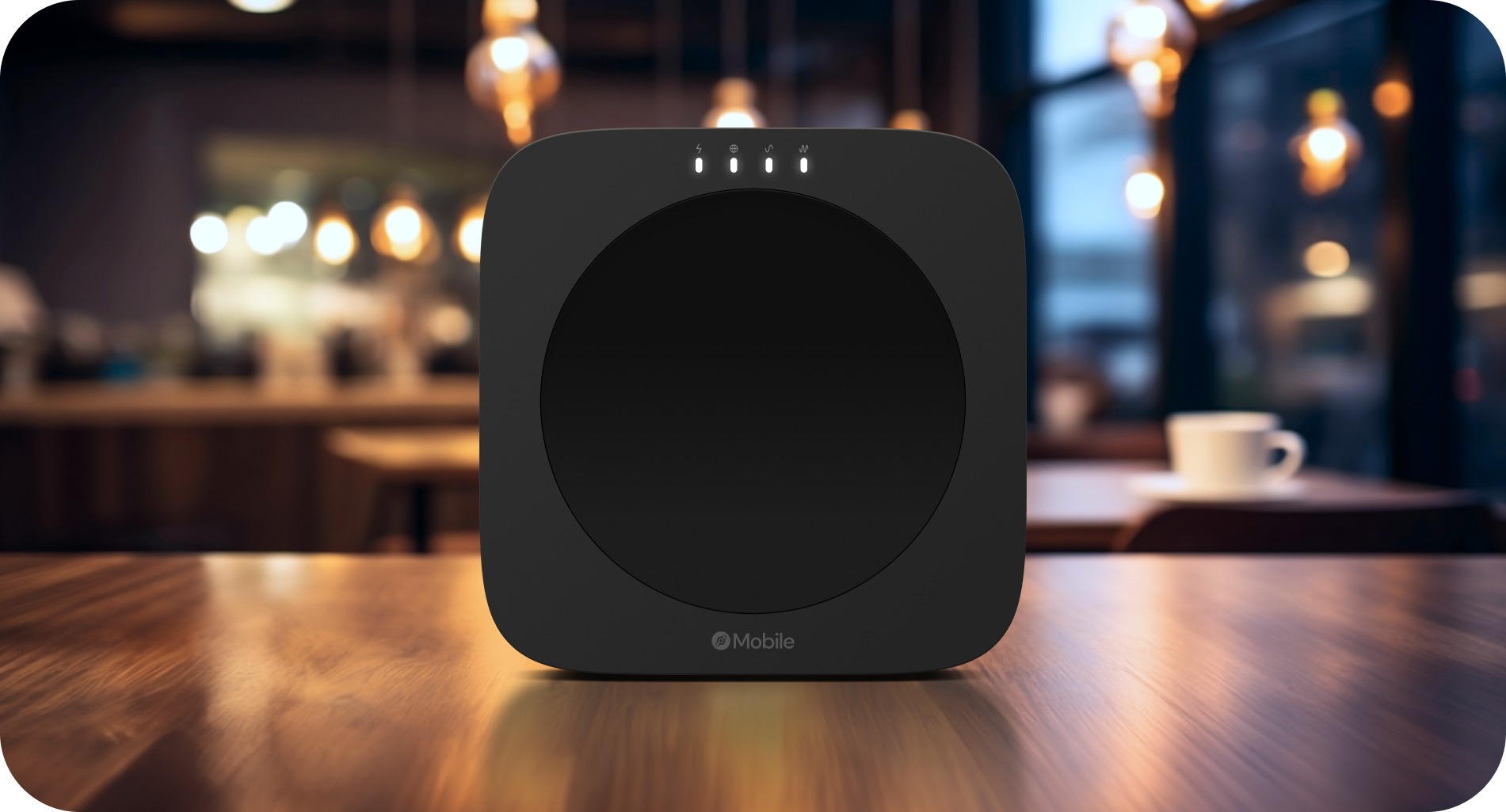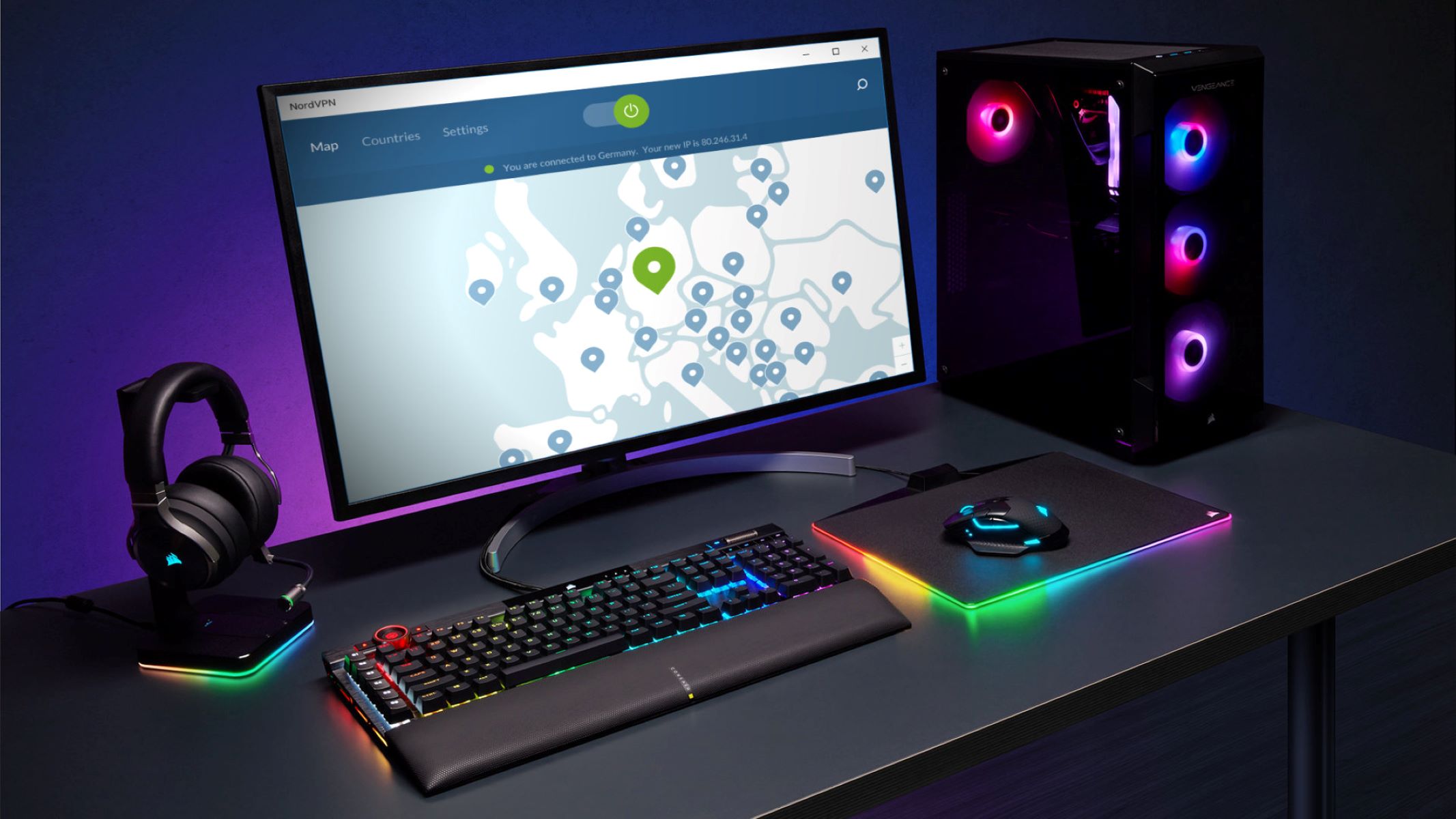Introduction
In today's digital age, staying connected is more important than ever. Whether you're working remotely, streaming your favorite shows, or keeping in touch with loved ones, having reliable internet access is a necessity. While many people have access to Wi-Fi at home, there are times when you may need to rely on a mobile hotspot to stay connected on the go.
A mobile hotspot allows you to access the internet by using your smartphone's cellular data connection. This can be incredibly convenient, especially when you're in a location without Wi-Fi access. However, it's essential to understand the limitations of using a mobile hotspot, particularly when it comes to data usage.
When using a mobile hotspot, it's crucial to be mindful of your data usage to avoid exceeding your plan's limits and incurring additional charges. Understanding how much data various online activities consume can help you make informed decisions about how to best utilize your mobile hotspot.
In this article, we'll explore the factors that can affect hotspot usage, provide guidance on estimating the hours of usage for a 50GB hotspot, and offer tips for effectively managing your hotspot data. By the end of this article, you'll have a clearer understanding of how to make the most of your mobile hotspot without exceeding your data limits.
Factors Affecting Hotspot Usage
When it comes to using a mobile hotspot, several factors can significantly impact data consumption. Understanding these factors is crucial for effectively managing hotspot usage and avoiding unexpected data overages. Let's delve into the key elements that influence hotspot data usage:
1. Online Activities:
The type of online activities you engage in while using the hotspot plays a significant role in data consumption. Streaming high-definition videos, online gaming, and downloading large files can quickly deplete your data allowance compared to activities such as browsing text-based websites or sending emails.
2. Device Settings:
The settings on the devices connected to the hotspot can impact data usage. For instance, automatic app updates, cloud backups, and high-resolution media downloads can consume substantial amounts of data. Ensuring that these settings are optimized can help conserve data.
3. Number of Connected Devices:
The more devices connected to the hotspot, the greater the potential for data usage. Each device accessing the internet simultaneously contributes to the overall data consumption. Therefore, being mindful of the number of connected devices is essential for managing data usage effectively.
4. Content Quality:
The quality of the content being accessed directly affects data usage. Streaming videos in higher resolutions, such as 4K, consumes more data compared to lower resolutions. Similarly, streaming music at higher bitrates can also impact data consumption.
5. Background Processes:
Background processes on connected devices, such as software updates, cloud syncing, and push notifications, can consume data without the user's active involvement. It's important to be aware of these processes and manage them to prevent unnecessary data usage.
6. Network Conditions:
The strength and stability of the cellular network can influence data usage. In areas with poor network coverage, devices may consume more data as they attempt to maintain a stable connection, leading to increased data usage.
By considering these factors, users can gain a better understanding of how their hotspot data is being utilized. With this awareness, individuals can make informed decisions to optimize their hotspot usage and ensure that their data allowance is used efficiently.
Estimating Hours for 50GB Hotspot
When it comes to estimating the hours of usage for a 50GB hotspot, several factors come into play. Understanding these factors can help individuals make informed decisions about their hotspot usage and ensure that they stay within their data limits.
To begin, it's essential to consider the type of online activities you engage in while using the hotspot. Streaming high-definition videos, online gaming, and downloading large files consume significantly more data compared to activities such as browsing text-based websites or sending emails. By being mindful of the data consumption associated with each activity, users can estimate the hours of usage more accurately.
Another crucial factor is the quality of the content being accessed. Streaming videos in higher resolutions, such as 4K, consumes more data compared to lower resolutions. Similarly, streaming music at higher bitrates can also impact data consumption. By adjusting the content quality based on data considerations, users can optimize their hotspot usage and make the most of their data allowance.
The number of connected devices also plays a significant role in estimating hotspot usage. Each device accessing the internet simultaneously contributes to the overall data consumption. Therefore, being mindful of the number of connected devices and their respective activities is essential for accurately estimating the hours of usage for a 50GB hotspot.
Furthermore, considering the network conditions is crucial. In areas with poor network coverage, devices may consume more data as they attempt to maintain a stable connection, leading to increased data usage. By being aware of the network conditions and their potential impact on data consumption, users can make adjustments to their hotspot usage to mitigate excessive data usage.
By taking these factors into account, individuals can estimate the hours of usage for a 50GB hotspot more effectively. This understanding empowers users to make informed choices about their online activities while using the hotspot, ensuring that they maximize their data allowance without exceeding their limits.
Tips for Managing Hotspot Usage
Managing hotspot usage effectively is essential for making the most of your data allowance and avoiding unexpected overages. By implementing the following tips, you can optimize your hotspot usage and ensure that your data lasts as long as possible:
-
Monitor Data Usage: Keep a close eye on your data consumption by regularly checking your hotspot usage statistics. Most smartphones offer built-in tools that allow you to monitor data usage. By staying informed about your data usage patterns, you can proactively adjust your online activities to stay within your data limits.
-
Optimize Streaming Quality: When streaming content, consider adjusting the quality settings based on your data considerations. Lowering the video resolution and choosing standard quality for music streaming can significantly reduce data consumption without compromising the overall viewing or listening experience.
-
Limit Background Processes: Disable automatic app updates, cloud backups, and other background processes on connected devices. These processes can consume data without your active involvement, leading to unnecessary data usage. By managing background processes, you can conserve data for essential tasks.
-
Use Wi-Fi Where Available: Whenever possible, connect to Wi-Fi networks to access the internet instead of relying solely on your mobile hotspot. Utilizing Wi-Fi networks, especially in locations where they are readily available, can help preserve your hotspot data for situations where Wi-Fi is not accessible.
-
Educate Connected Users: If multiple devices are connected to your hotspot, educate the users about the importance of mindful data usage. Encourage them to limit data-intensive activities and be conscious of their online behavior to collectively manage data usage effectively.
-
Enable Data Saving Modes: Many smartphones offer data saving modes that can be activated to reduce data consumption. These modes typically optimize various settings to minimize data usage without significantly impacting the user experience, making them valuable tools for managing hotspot data.
-
Consider Data Rollover Plans: Some mobile carriers offer data rollover plans, allowing unused data from one month to roll over to the next. If available, consider opting for a plan that includes data rollover to make the most of your unused data and mitigate the risk of exceeding your monthly allowance.
By implementing these tips, you can effectively manage your hotspot usage, maximize your data allowance, and avoid unexpected data overages. With a proactive approach to hotspot management, you can stay connected on the go without the fear of running out of data prematurely.
Conclusion
In conclusion, effectively managing the usage of a mobile hotspot is essential for individuals who rely on this convenient connectivity solution. By understanding the factors that influence hotspot data consumption, users can make informed decisions to optimize their data usage and avoid exceeding their plan's limits. Estimating the hours of usage for a 50GB hotspot requires careful consideration of online activities, content quality, the number of connected devices, and network conditions. By taking these factors into account, individuals can gain a clearer understanding of how to make the most of their data allowance without compromising their online experience.
Furthermore, implementing practical tips for managing hotspot usage, such as monitoring data consumption, optimizing streaming quality, and limiting background processes, can significantly contribute to conserving data and maximizing its longevity. Educating connected users about mindful data usage and leveraging data-saving modes on smartphones are additional strategies that can empower individuals to make the most of their hotspot data.
Ultimately, the goal of effectively managing hotspot usage is to strike a balance between staying connected on the go and ensuring that data limits are respected. By being proactive in monitoring and optimizing data usage, individuals can enjoy the convenience of a mobile hotspot without the worry of unexpected data overages. Additionally, exploring data rollover plans offered by mobile carriers can provide added flexibility in managing data allowances over time.
As technology continues to play a central role in our daily lives, the ability to stay connected seamlessly, whether for work, entertainment, or communication, remains a priority. With a comprehensive understanding of hotspot usage factors and practical strategies for data management, individuals can confidently navigate their mobile connectivity needs while making the most of their data resources.
In essence, effective hotspot management empowers users to embrace the flexibility and convenience of mobile connectivity without the concern of exceeding data limits, ultimately enhancing their overall digital experience.







